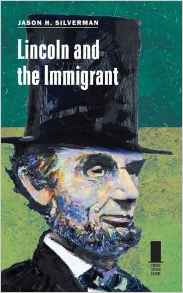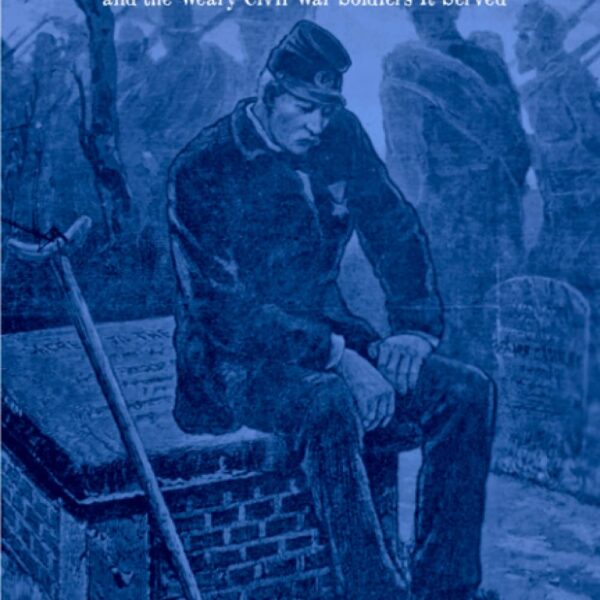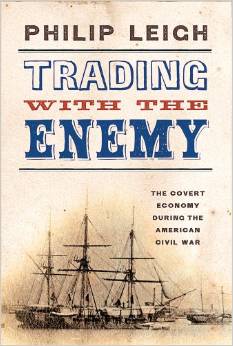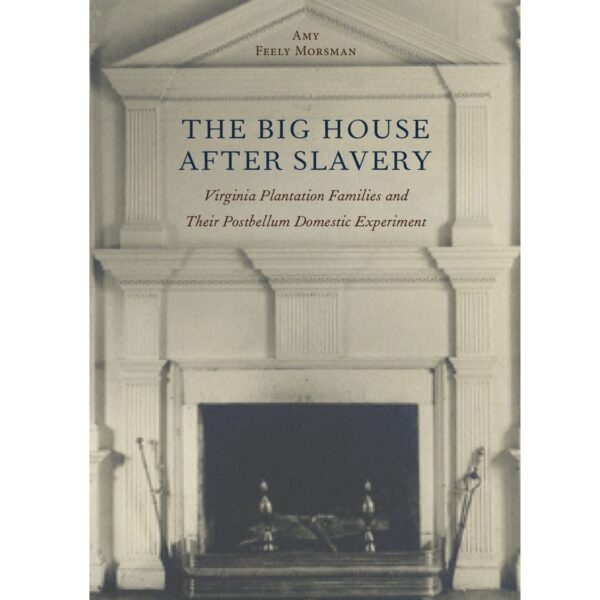Henry Clay: America’s Greatest Statesman by Harlow Giles Unger. Da Capo Press, 2015. Hardcover, ISBN: 978-0306823916. $26.00.
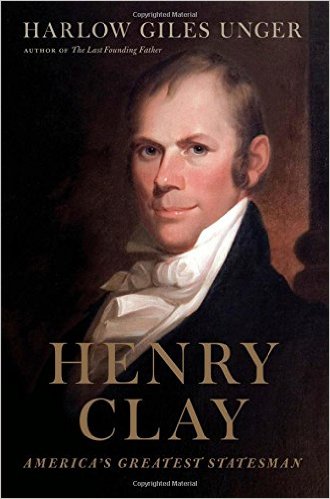 Biographers often fall in love with their subjects. Dumas Malone’s multi-volume biography of Thomas Jefferson and Robert V. Remini’s biography of Andrew Jackson demonstrate the extent to which these great historians loved their subjects. Harlow Giles Unger’s biography of Henry Clay follows this trend, as is evidenced by the subtitle of his book: America’s Greatest Statesman. Unger’s passion for studying Clay is a noticeable strength of this book, but also limits the author’s approach to his subject.
Biographers often fall in love with their subjects. Dumas Malone’s multi-volume biography of Thomas Jefferson and Robert V. Remini’s biography of Andrew Jackson demonstrate the extent to which these great historians loved their subjects. Harlow Giles Unger’s biography of Henry Clay follows this trend, as is evidenced by the subtitle of his book: America’s Greatest Statesman. Unger’s passion for studying Clay is a noticeable strength of this book, but also limits the author’s approach to his subject.
Unger, like other biographers, traces in detail the life of his subject from birth to death. The story flows smoothly, from Clay’s difficult life as a youth to his move to Kentucky and marriage to Lucretia; from his successful career as a member and Speaker of the House to his unsuccessful presidential bid in 1824; and from his political mistake of accepting the position of the Secretary of State under President John Quincy Adams, two more unsuccessful presidential bids, key roles in antebellum compromises, to his death in 1852.
One distinctive virtue of this book is bringing to life the characters in Clay’s life. For examples, Clay’s despair at the loss of his six daughters is vividly recorded in his own words, as is his distress over the mental instability and drinking problem of two of his sons. Jackson’s fury over the alleged corrupt bargain between Adams and Clay is also colorfully expressed in Jackson’s own words. The book very skillfully uses many primary and secondary sources to weave together an insightful, detailed, and engaging narrative.
The two main themes in the book are Clay’s nationalism and his influence on a young Abraham Lincoln. Unger sensitively points out the very real danger of disunion before 1815 and argues that Clay almost single-handedly saved the nation from falling apart (4). Unger is perhaps overly effusive in praising Clay, overemphasizing his contribution to the survival of the nation. There are other important characters that significantly contributed to preserving the Union such as George Washington, Alexander Hamilton, Albert Gallatin, Daniel Webster, and even Andrew Jackson. As an example of Clay’s nationalism, Unger carefully analyzes the idea of the American System, a series of policies including “high tariffs to protect American-made products from imports and internal improvements to unite the nation with a modern transportation system” (158-159). Unger tries to answer a very important, substantive question: What is the cause for the failure of the American System that John Quincy Adams and Clay tried to promote? His answer is that “objections to the American System lay not in the proposal itself but in the cession of state powers to the federal government it required” (139). Unger then points out that the American System potentially threatened the interests of Southern plantation owners by opening opportunities for the escape of Southern whites and slaves alike (140). This is not a novel idea, but it is an important point.
As an example of Clay’s influence on Lincoln, Unger points to Lincoln’s acceptance of Clay’s idea to settle freed African slaves in West Africa (140). In fact, Lincoln also inherited Clay’s ambivalent attitude toward abolition. Clay stated that, “In my opinion, the evils of slavery are … nothing in comparison with the far greater evils … from a sudden … indiscriminate emancipation … Does any man suppose that they would become blended into one homogeneous mass? Does any man recommend amalgamation? … No human law could enforce a union between the two races” (225). Clay’s solution to the slavery issue was a gradual abolition (245). Not surprisingly, this became Lincoln’s attitude before the Emancipation Proclamation.
If minor, the book also has some very basic errors. On page 46, Senator Nathaniel Macon “of Georgia” should be “of North Carolina.” And William Henry Harrison died in 1841, not 1840 (215).
Overall, this is a very readable biography, infused with admiration for Henry Clay. However, the book does not offer any critical new insights into Clay’s beliefs or policies. In this regard, Unger synthesizes information on Clay previously depicted in Glyndon G. Van Deusen’s The Life of Henry Clay (1979), Daniel Walker Howe’s chapter on Clay in The Political Culture of the American Whigs (1979), Merrill Peterson’s The Great Triumvirate: Webster, Clay and Calhoun (1988), Robert Remini’s Henry Clay: Statesman for the Union (1991), Maurice Baxter’s Henry Clay and the American System (1995), and David and Jeanne Heidler’s Henry Clay: The Essential American (2011).
Songho Ha is Professor of American History at the University of Alaska, Anchorage.

